
Goal Setting Theory PowerPoint Template SketchBubble
This article discusses the development of goal setting theory through induction. The processes such as formulating concepts and definitions, measurement issues, data gathering, data integration and presentation, identifying moderators and mediators, resolving contradictions, noting issues in application, expansions and extensions, and the role of induction in deduction are explained.
The Science of Goal Setting How To Set Achievable Goals
Goal-setting theory, originally formulated by Locke and Latham (), draws from research across a wide range of disciplines to explain how and why individuals are motivated to achieve goals.In goal-setting theory, the term goal refers to an object that directs action, and each goal is comprised of content and intensity (Locke and Latham 2013).Goal content is defined as the result one seeks to.

Goalsetting theory Source Hoy, W. K., &Miskel, C. G. (2010). Eğitim
Goal-setting education. Education about goal setting was a component of some processes (PP literature k = 5/15; applied research k = 5/7). Across the models, it was suggested that clients should be informed about: the benefits of setting goals; how goals work; different goal types and goal setting principles (i.e., goal difficulty, goal.

Goal Setting Theory in Learning YouTube
Goal-Setting Theory. Ye Cui. Locke, et al (1981) defined the "goal" in Goal-Setting Theory (GST) as "what an individual is trying to accomplish; it is the object or aim of an action" (p. 126). According to Moeller et al. (2012), goal setting is the process of establishing specific and effective targets for task performance. Locke, et al.

Motivation theories Locke and Latham's goal setting theory audio YouTube
This chapter summarizes the authors' joint development of the goal setting theory. The basic concept was based on more than 50 years of research and the formal theory has endured for 28 years (Locke & Latham, 1990). The theory was not developed through overgeneralization from only a few studies or by deduction but rather by induction. The inductions involved the integration of hundreds of.
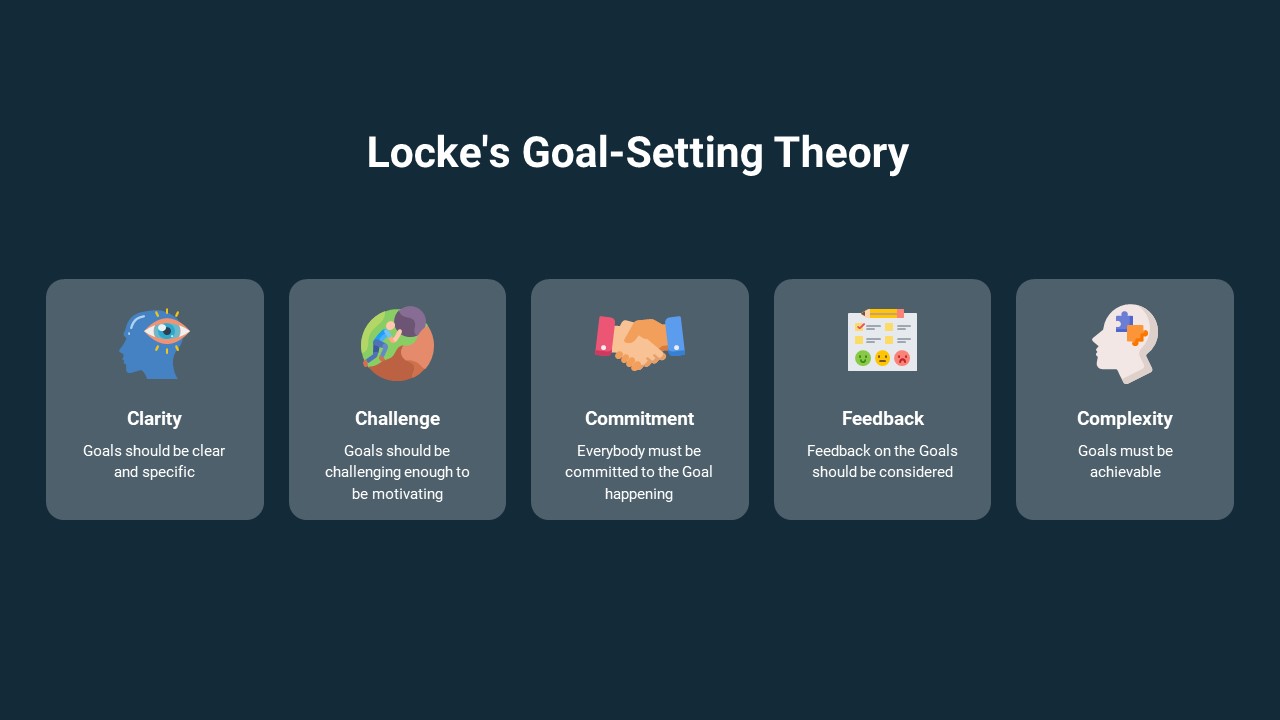
Locke's GoalSetting Theory SlideBazaar
Goal-setting theory is summarized regarding the effectiveness of specific, difficult goals; the relationship of goals to affect; the mediators of goal effects; the relation of goals to self-efficacy; the moderators of goal effects; and the generality of goal effects across people, tasks, countries, time spans, experimental designs, goal sources (i.e., self-set, set jointly with others, or.
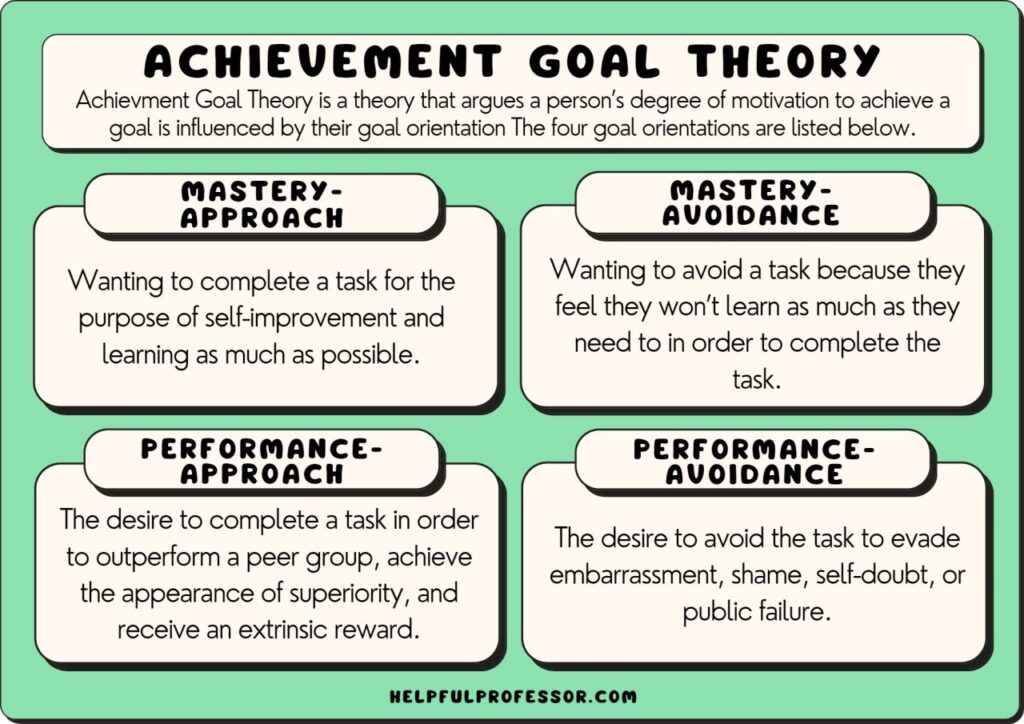
Achievement Goal Theory Definition and Examples (2024)
A limitation of the automaticity model is that it lacks a theoretical basis for its assertions [8]. In this article, both goal setting theory and the automaticity model are described. The remainder of this article focuses on why goal setting theory may provide a framework for examining the effect of priming goals on organizational behavior.
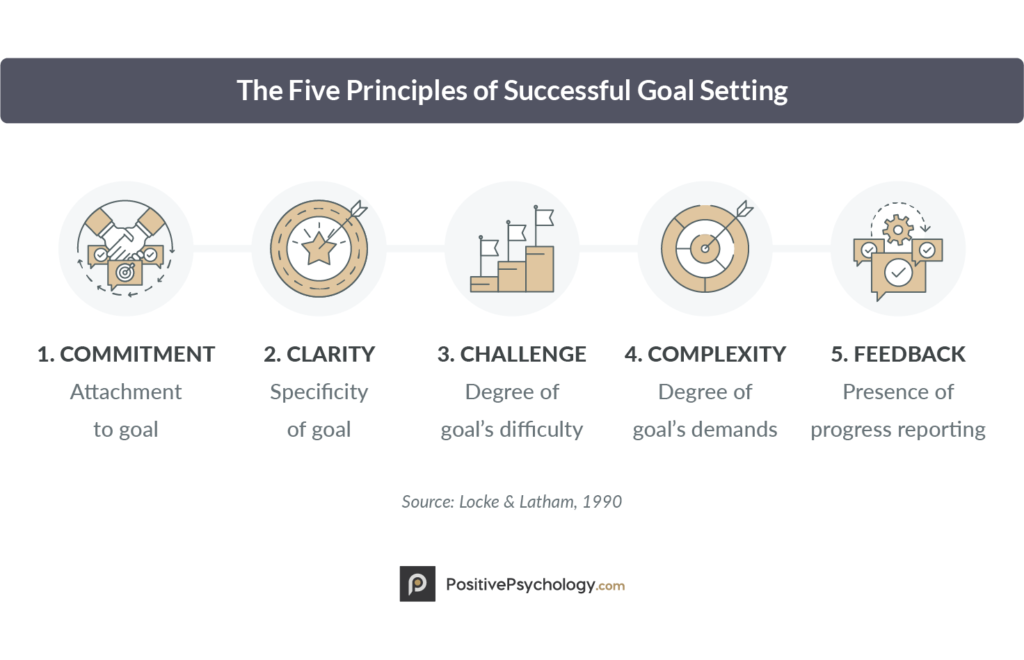
What is Goal Setting and How to Do it Well
Abstract. Abstract. Goal setting is an "open" theory built on inductive findings from empirical research. The present paper briefly summarizes this theory. Emphasis is then given to findings that have been obtained in the present millennium with regard to (1) the high performance cycle, (2) the role of goals as mediators of personality.
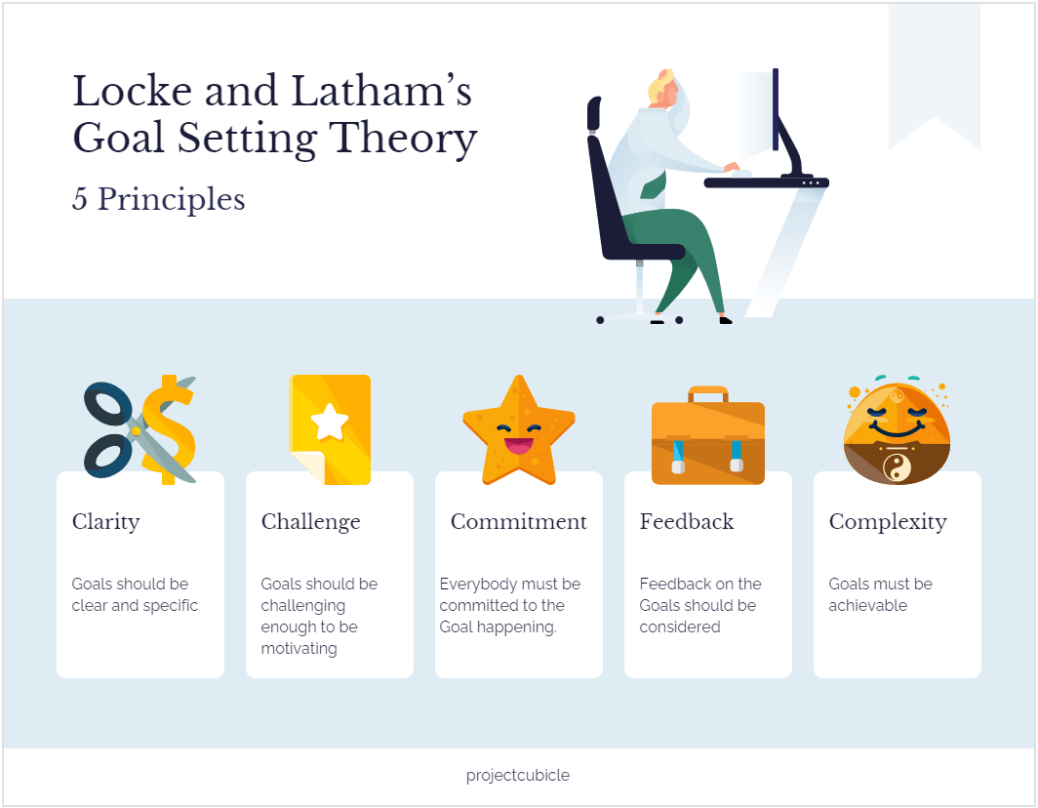
Locke and Latham’s Goal Setting Theory projectcubicle projectcubicle
Theories in psychology enable predicting, explaining, and influencing behavior.. Goal setting theory is silent about the optimum method for setting the goal. Programmatic research involving at least 11 experiments revealed that an assigned goal is as effective a method for increasing task performance as a goal that is set participatively.
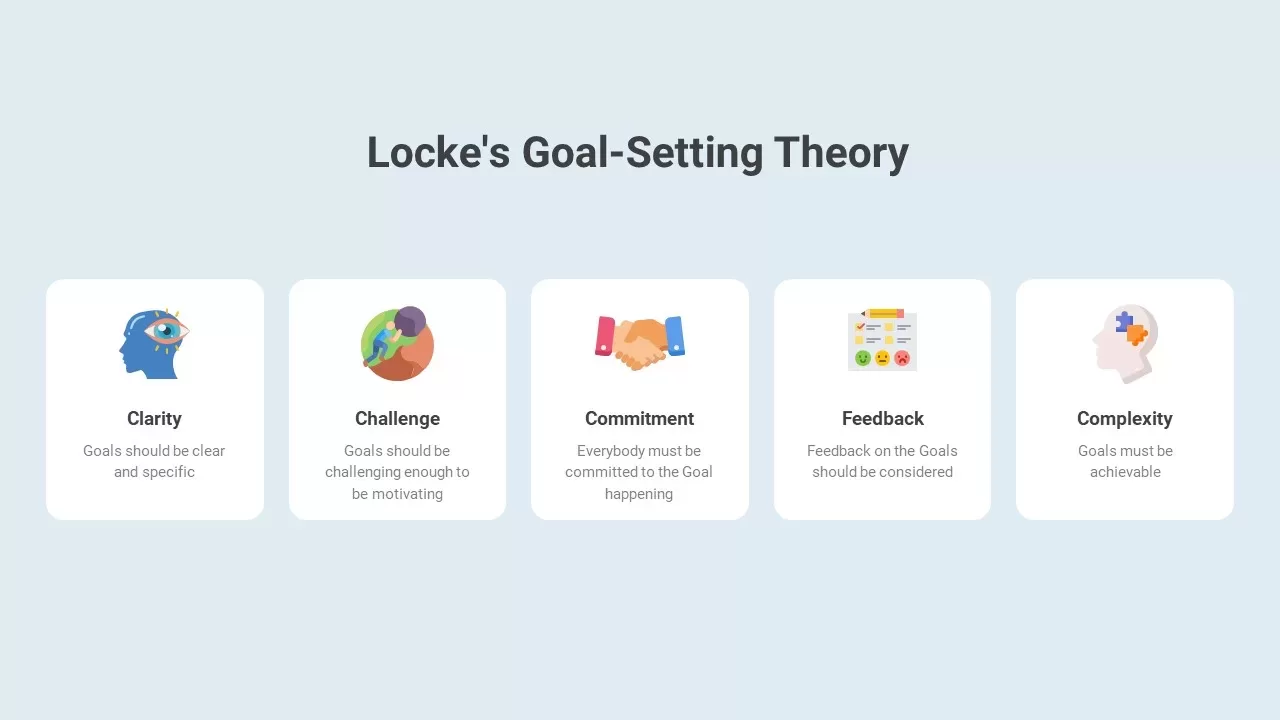
Locke's GoalSetting Theory SlideBazaar
Model of Goal-Setting Theory. On model in Figure 1 is adapted from Locke and Latham (2002) and consists of three parts: concepts, constructs, and a proposition. The concepts include key factors that affect peoples' performance, with moderators and mediators that might affect the goals that are set.. Theoretical Models for Teaching or.
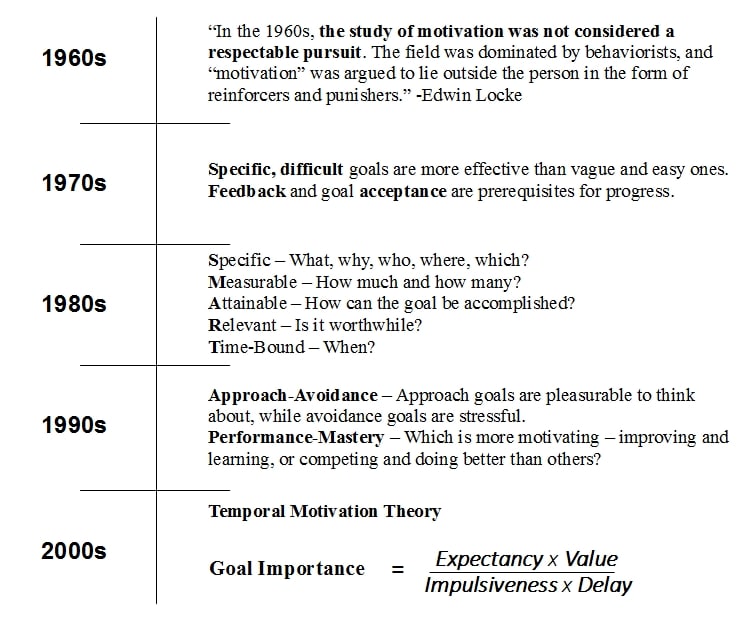
Goal Setting Theory Happier Human
Achievement goals have long been integral to achievement motivation research. With over 30 years of study, Achievement Goal Theory has been conceptualized in numerous models and the constructs have correspondingly evolved with each subsequent presentation (Maehr & Zusho, 2009).Despite the ever-evolving models, researchers largely agree upon the construct of competence as being central to the.

Locke's GoalSetting Theory Using Goals to Advance Motivation Video
The authors summarize 35 years of empirical research on goal-setting theory. They describe the core findings of the theory, the mechanisms by which goals operate, moderators of goal effects, the relation of goals and satisfaction, and the role of goals as mediators of incentives. The external validity and practical significance of goal-setting theory are explained, and new directions in goal.

Học thuyết thiết lập mục tiêu (Goal Setting Theory) của Edwin Locke
external validity and practical significance of goal-setting theory are explained, and new directions in goal-setting research are discussed. The relationships of goal setting to other theories are described as are the theory's limitations. I n the 1950s and 1960s, the study of motivation in North American psychology was not considered a re-

Goal setting theory of performance management system
Coach Behaviors and Goal Motives as Predictors of Attainment and Well-Being in Sport. Alison L. Smith, in Sport and Exercise Psychology Research, 2016 Goal setting in sport. Buoyed by support for goal-setting theory in organizational settings, and acting upon a lack of goal-setting research in sport, Locke and Latham (1985) challenged researchers to test the theory in relation to sports-based.

Wat is de Goal Setting Theory van Locke en Latham? (2022)
The goal orientation theory contrasts with the goal setting theory; that is, the former emerged as an outcome of the classroom context, which can account for students' learning and performance (Dörnyei, 2005). Based on this theory, there is a close relationship between a person's performance and the stated goals.
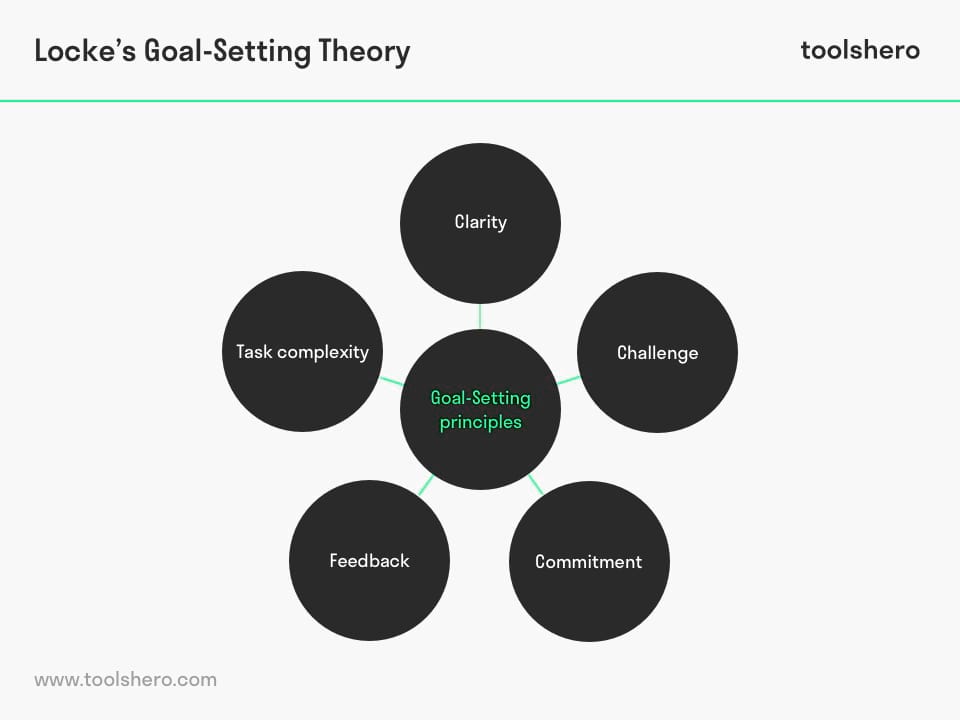
Goal Setting Theory of Motivation Toolshero
Model of Goal-Setting Theory. This model in Count 1 is adapted from Locke and Latham (2002) and consists of three parts: concepts, constructs, and ampere proposition.. Goal-setting theory could be used is different domains such as teaching or research. In teaching, for example, save theory could is former when an instructional procedure to.